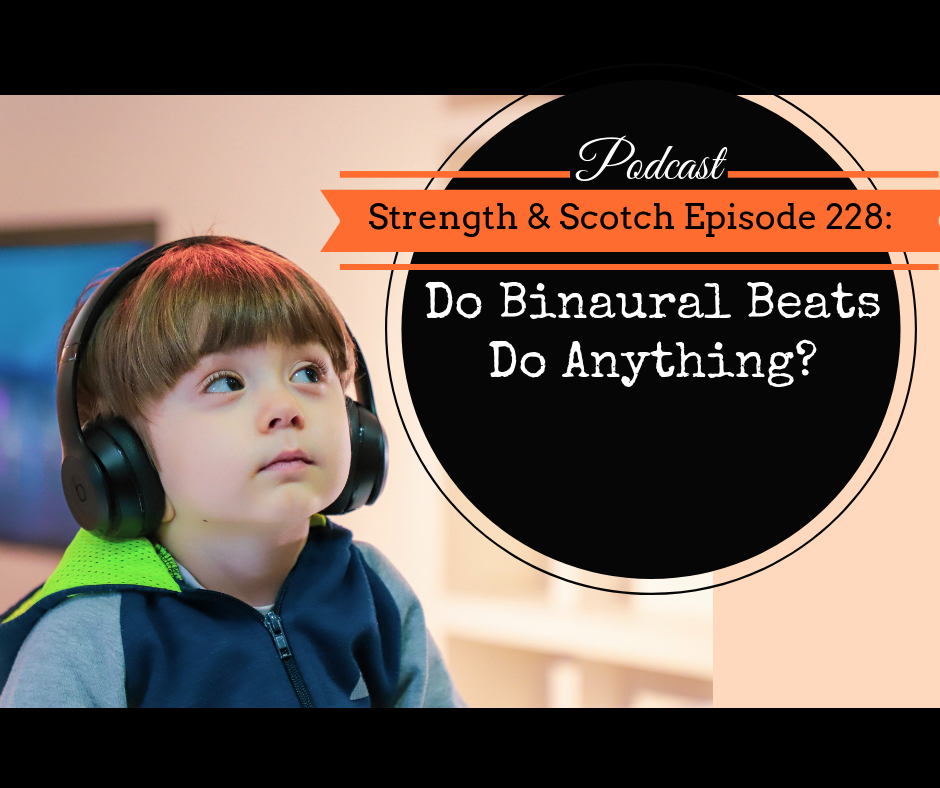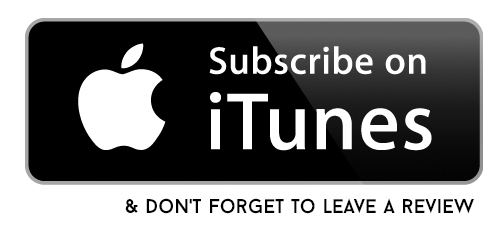Episode 228 Show Notes
Grant and Heavey dive into a listener’s question about binaural beat stimulation and its effect on sleep, cognition, and reducing anxiety. What is it in the first place? Heavey dishes out a few studies related to this interesting technology. The duo also give their take on the rise of genetically modified salmon!
[02:50] Frankenfish Salmon
Grant presents an article about how salmons have been genetically modified to be more disease-resistant. Salmon is one of the most farmed fish in the world but they’ve become a lot more prone to disease. Through this new technology, they’re making them not only disease-resistant but also grow faster – from being an embryo to a saleable product over a short period of time.
FDA approval in 2015 found zero difference between this genetically modified fish and a regular salmon. Plus, these have already been sold in Europe for quite some time. USDA has also given the okay signal that it’s healthy. The problem is that Congress has blocked it after FDA has approved its safety. But then just recently, they lifted the ban. Now, they will be able to import the eggs and grow them in salmon farms and eventually sell them into the food supply. Interestingly, this is the first “meat” product since everything else that has been GMO is produce. Additionally, this is not fake salmon, but real salmon.
[07:00] Everything is Genetically Modified
People argue that the whole concept of GMO is a misnomer since all the produce we buy, even organic produce, have been genetically modified through cross-breeding and through selective planting. In fact, the fruits and vegetables we have today have been genetically modified. They look so much different than the fruits and vegetables of 10,000 years ago that our ancestors were eating. We’ve selectively picked the ones that are sweeter and tastier over time but that takes time.
Grant points out that just like how people have bred the hottest chili peppers. They’re constantly making the hottest one not because they’ve found it in the Amazon jungle somewhere. But because someone has bred it and done stuff to make those really spicy.
[09:00] Grant and Heavey’s Verdict on the Salmon GMO
All this being said Grant is all for reducing the risk for diseases spread as well as growing and harvesting them quicker to reduce cost and so it becomes easier to feed more people.
Heavey adds that the point about being able to feed more people is an important one. It’s interesting to see more plant-based foods to trend in this manner as well. Not to mention that the whole cattle industry has more environmental impact than just greenhouse gases.
[11:20] Question From Dave
Dave has been using binaural beats to sleep and it has been very helpful for him. He had read that it can also help in other areas such as concentration and increase in testosterone but hasn’t seen any studies listed. So he’s asking about what studies are available out there.
[12:33] What Are Binaural Beats?
Basically, a single frequency tone is played in one ear and a tone in another frequency is played onto the other ear. These frequencies tend to stimulate the brain in a unique way that many would claim to be beneficial. People often listen to these beats overlaid on other noise or music. When two frequencies are mixed together, they form something known as the beat frequency. The difference between the two frequencies makes up the beat frequency.
[14:18] Heavey’s Experience
Heavey got exposed to this two years ago where he ended up downloading the app and trying it out. The app came with several functions, like 30 different things you can focus on with different sequences and tones. When he did this, he admits not noticing any difference. However, Heavey clarifies that there are actually certain variables that you can manipulate.
[15:22] Manipulating Different Variables
You can manipulate the carrier frequency, which is the frequency that comes into your ear. Or you can manipulate the difference or the gap between those two frequencies. Basically, they change these numbers around and they claim that some are more beneficial for different aspects. Interestingly, Heavey always works with headphones on. So whenever he puts them on, his mind snaps into a place of focus. It’s sort of conditioning himself that once his headphones are on, it’s work time and he shuts everything else out. Therefore, Heavey suspects this was a compounder in his binaural beat experience.
[17:00] Diving Into a Few Studies
Heavey found a review paper titled, Auditory Beat Stimulation and Its Effect on Cognition and Mood States. They’ve done a bunch of research on memory, creativity, attention, anxiety, mood, and vigilance. Heavey would classify all of these outcomes as pretty much equivocal at best. The most promising results were with regard to anxiety. In one study, the authors measured a 26% decline in anxiety after binaural beat stimulation as compared to an 11% decline in placebo.
A lot of times, they’ll control it. For instance, one group will have white noise plus binaural beats and another group will just have white noise. There are also a few other studies that are looking at anxiety and binaural beats and most of them are reporting positive findings.
[19:55] A Meditative State? Ommm…
Grant thinks it makes sense if you feel less anxious and you’re sleeping better. This could be related. Heavey believes there’s a meditative component to this. You just sit down and take some time to turn your head off. It shuts your mind off and gives you the equivalent of meditation. That may be the mechanism through which these people are experiencing some benefits too.
[20:47] Can You Hear It?
If you’re listening to it, you’ll hear the higher pitched noise, like the carrier frequency and the lower beat frequency as well. So you will basically hear both tones. They found that there’s a certain range that’s below the cutoff for the auditory frequency range that the binary beat effect was no longer present. This was seen through brain imaging.
[21:48] What Now?
The problem with a lot of the research, Heavey explains, is that it’s poorly conducted. Just because the studies are looking at how well it heightens concentration aren’t showing results, doesn’t mean that it really doesn’t heighten concentration. All these studies could be related to the fact that there is relatively little amount of agreement on protocols. Two studies might look at cognition but one might use a different carrier frequency and a different beat frequency. One might stimulate 30 minutes a day for a month and another one might use a different protocol. They tried to stack all these research studies up and see what’s effective. But maybe a lot of them just don’t know what the effective approach is yet.
Moreover, they tend to segregate the studies looking at brain imaging versus looking at outcomes such as cognition and creativity. It’s hard to say if their brains are actually being activated from the binaural beat stimulation because they’re not imaging it and then looking at cognition. Without that, we don’t really know if they’re lighting those areas of the brain up.
[24:05] Could Hormones Play a Role Too?
It’s also possible that there’s relatively poor control within the studies with regard to populations being examined. It has recently been examined that perception of binaural beats is affected by factors like age and gender. Interestingly, women respond differently at different times throughout their menstrual cycle.
[24:50] Sleep Benefits
Back to podcast listener, Dave, he said he listened to binaural beats and he slept better. It could have been directly because of the beats. But maybe he could have experienced the same thing if you would have just put headphones on and listened to white noise or classical music. You could also start a meditation protocol before you sleep at night such as turning off your phone.
[25:30] Final Thoughts
There’s not enough evidence to support widespread use of binaural beats. But if somebody out there is struggling with anxiety, that might be the most promising area to give it a go and see if it helps you.
Want to hear more from Heavey on training and nutrition? Receive a monthly email where he dives deep into what he’s been researching. Head over to strengthandscotch.com/emailme. Sign up and get those for free!
Also, please leave a review on iTunes to help this podcast get heard by more and more people.
Links

Check out the gear page for everything Strength & Scotch! You’ll find a listing of all the supplements and other programs we’ve discussed on the show as well as our killer t-shirts!

